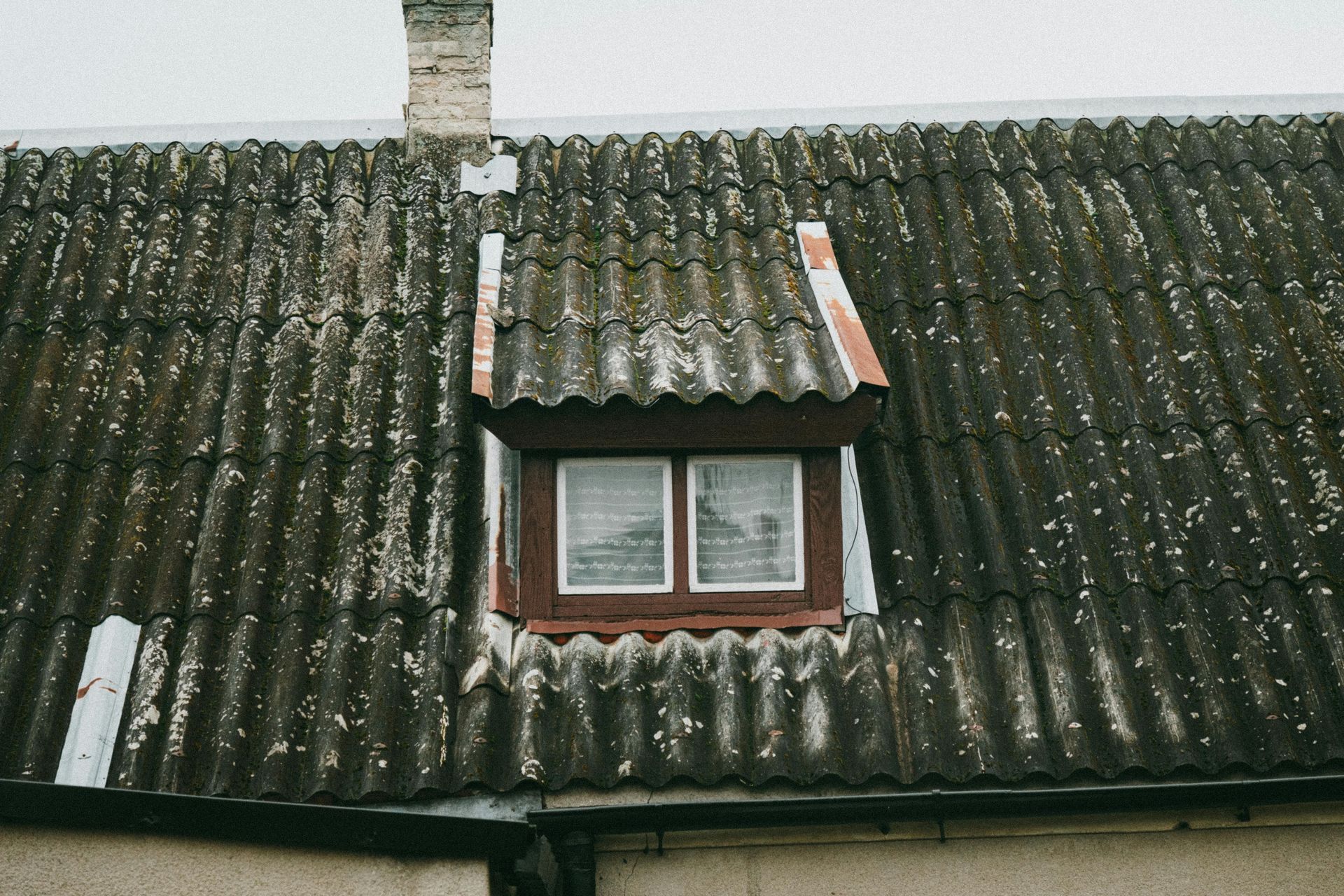What To Consider When Converting A Pitched Roof To A Flat Roof
With so many homes in the UK having pitched roofs, it can be hard to believe that any of these roofs could potentially be converted into a flat roof, enjoying all of the benefits both practically and aesthetically that a flat roof provides.
Unlike a pitched roof, where problems can be difficult and quite expensive to fix, a flat roof can be easier to maintain, repair and service, and with the help of flat roof specialists, that roof could even become an additional outdoor living space.
However, as any conversion is a major undertaking, there are some important factors to consider when converting a pitched roof to a flat roof, and here are some of the most important.
Planning Permission
On a broad level, roof alterations are considered to be a permitted development which would not require planning permission. However, it is essential to contact your local planning authority first to ensure that there are no additional limits or conditions that would require full planning permission.
Contact A Structural Engineer
Most homes are constructed to exact specifications and any fundamental change needs to be thoroughly investigated to ensure it will not have potential consequences. This is where getting in touch with a structural engineer can be helpful.
They will be able to determine what the roof can handle and which parts of the home's structural systems need strengthening before the roof is replaced.
Overall Cost
Flat roofs are, overall, more cost-effective than pitched roofs, but most of the time these calculations assume that you will need to build one or the other, rather than tear down a pitched roof and build a flat roof.
However, if a pitched roof has major structural issues and needs to be replaced anyway, it may be worth opting for a flat roof instead, as whilst the membrane may not last as long as shingles, it is
far cheaper and easier to replace.










